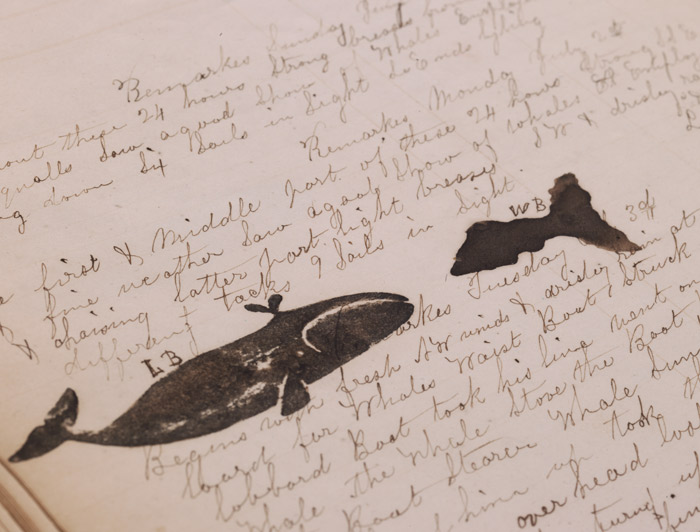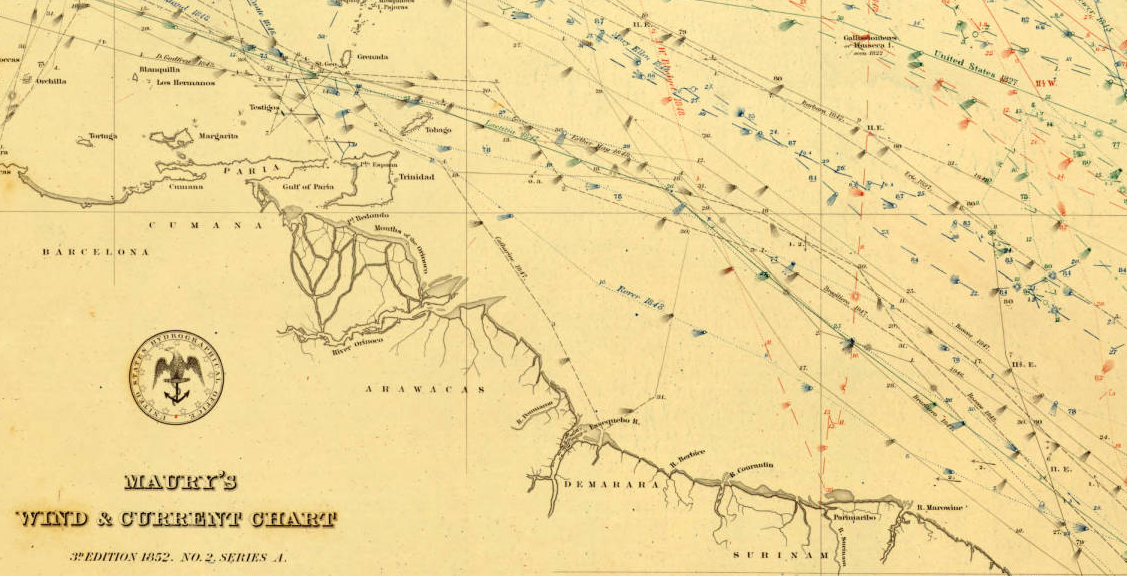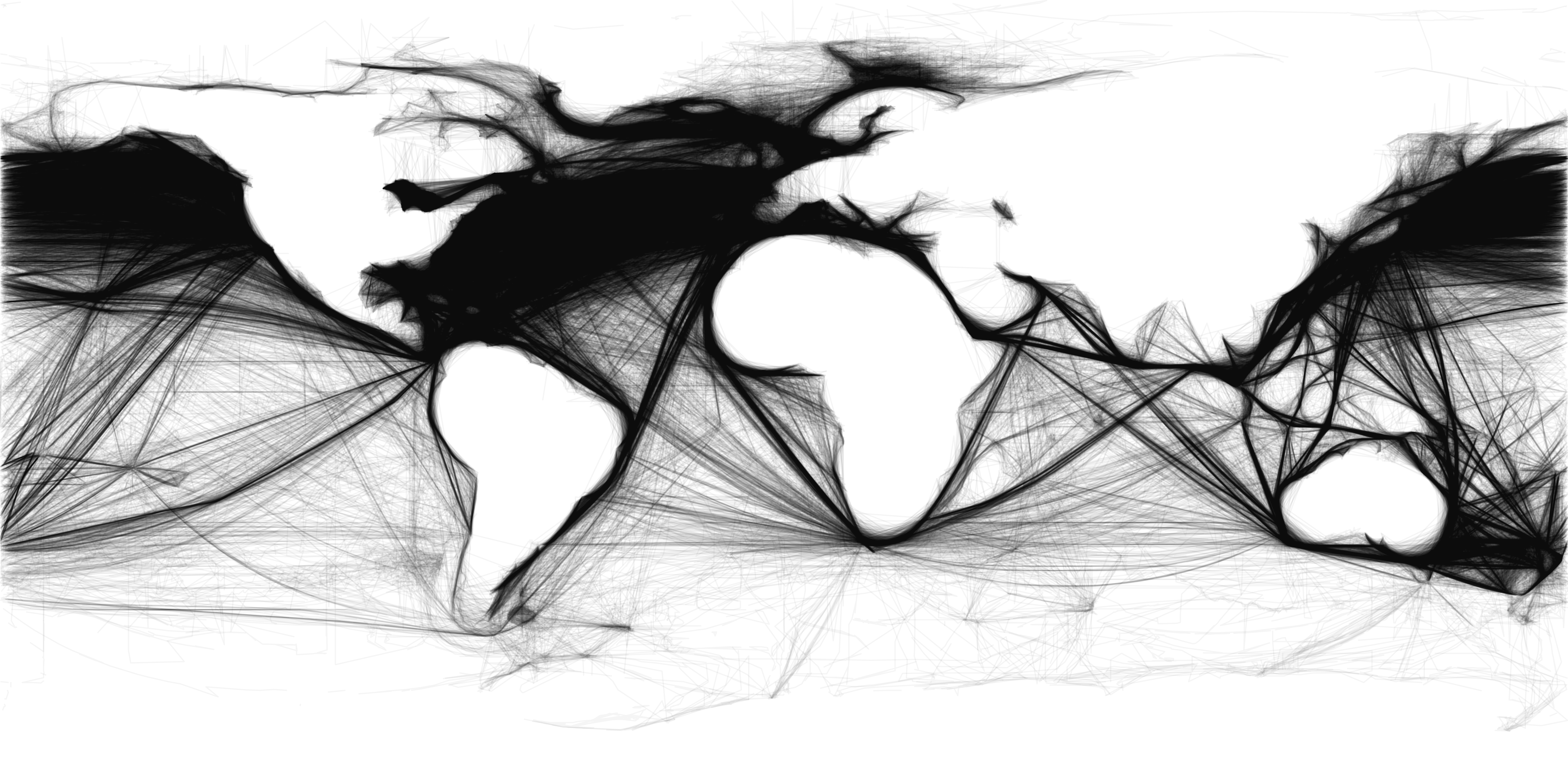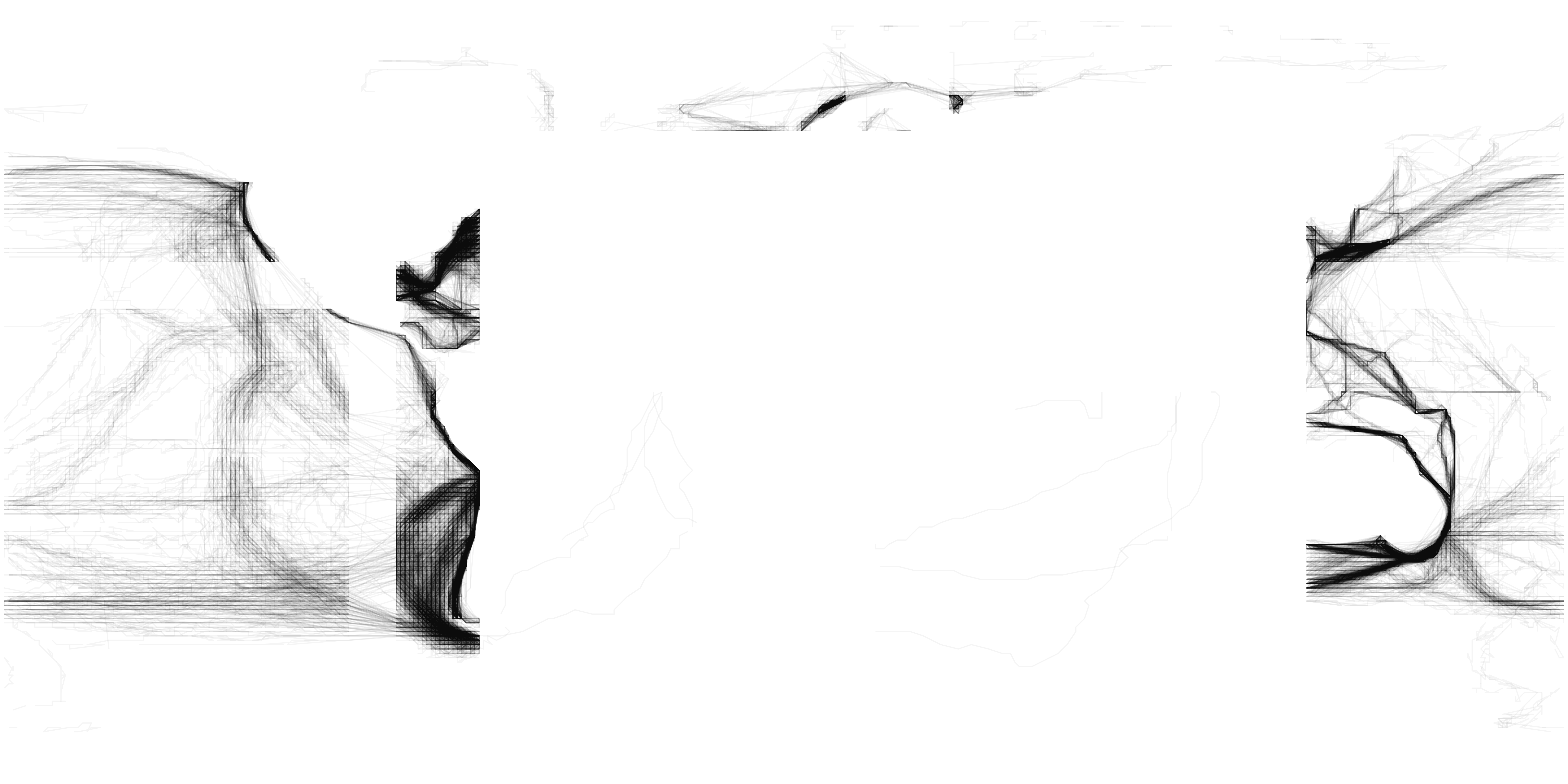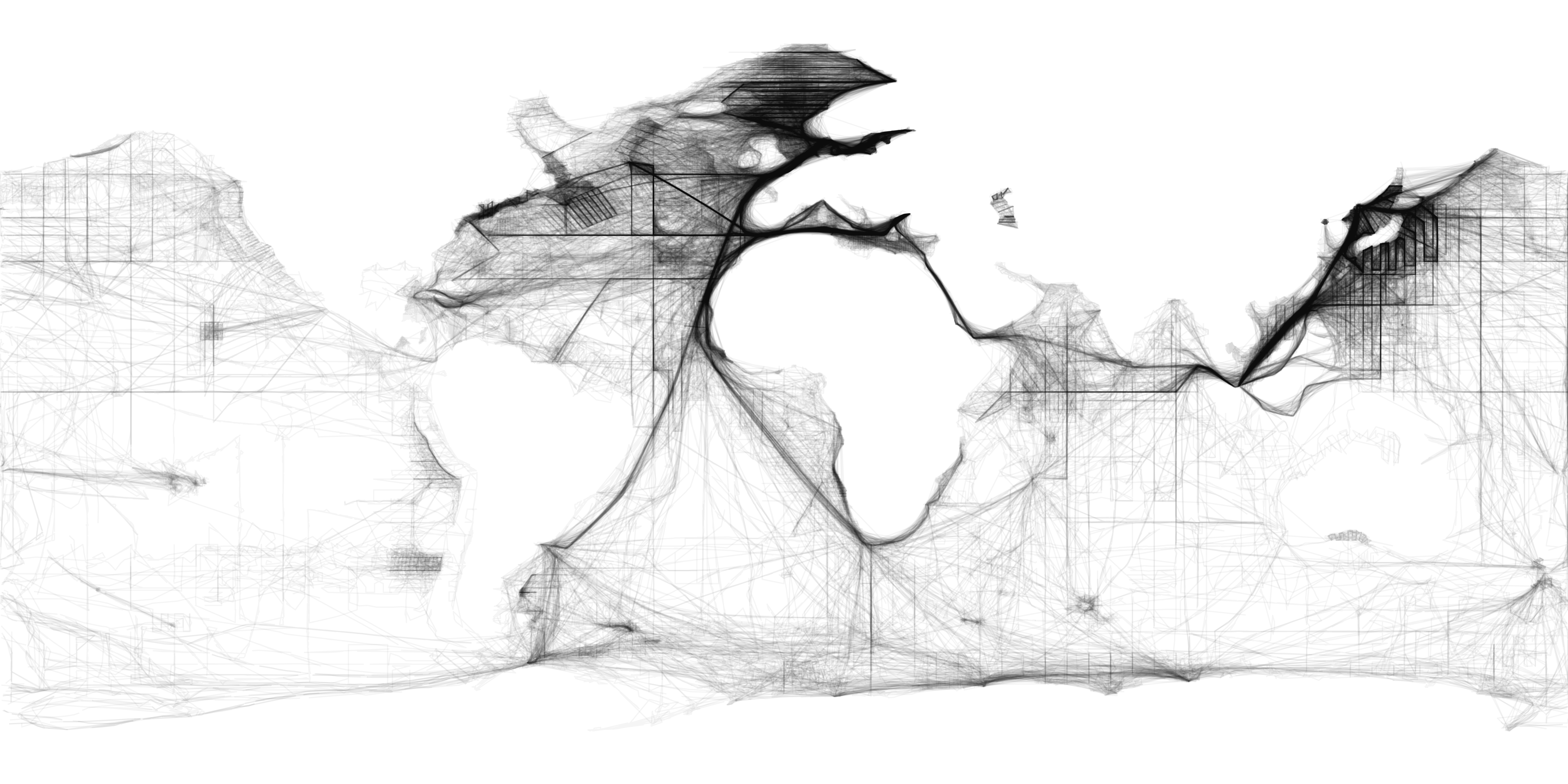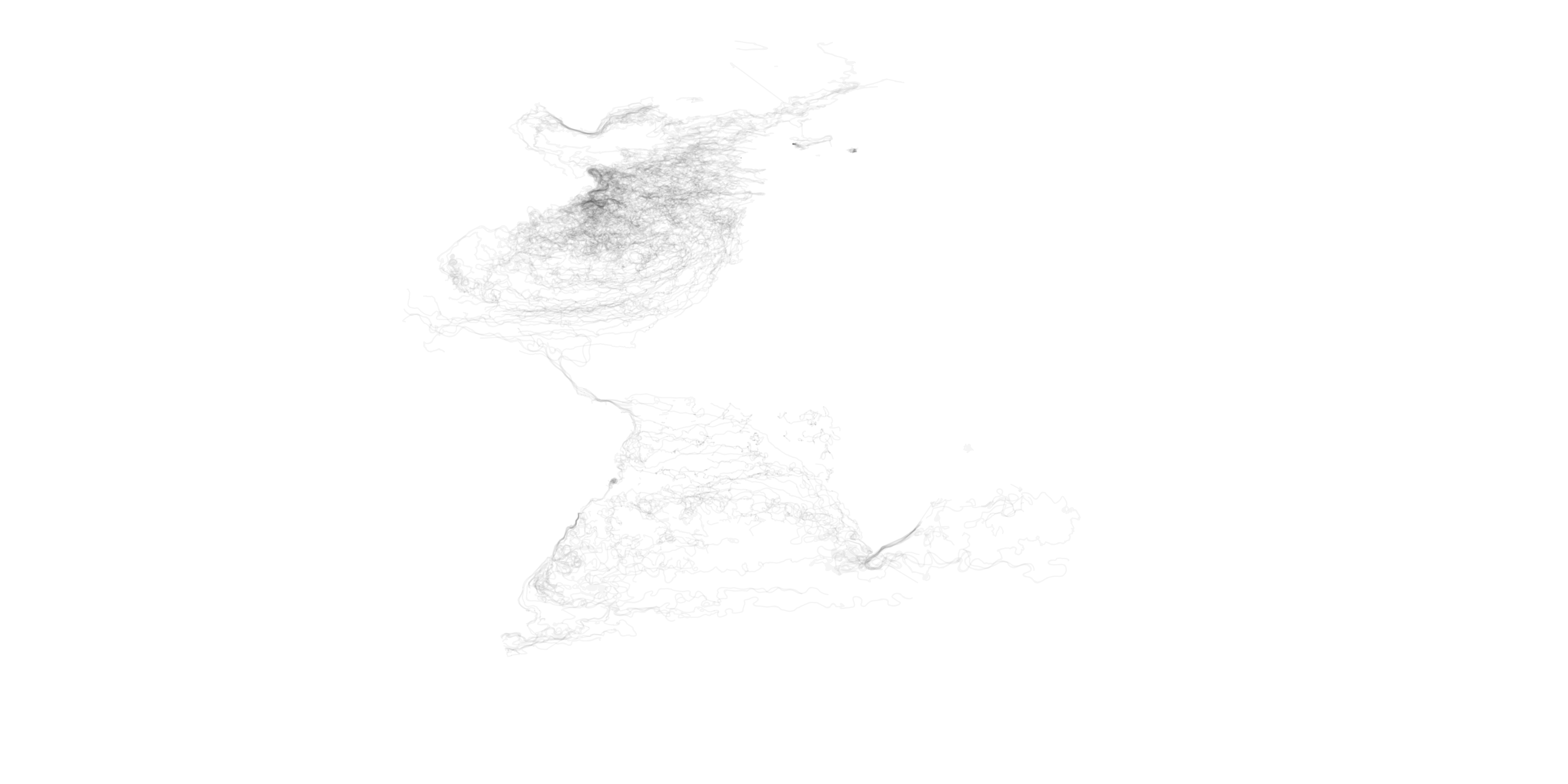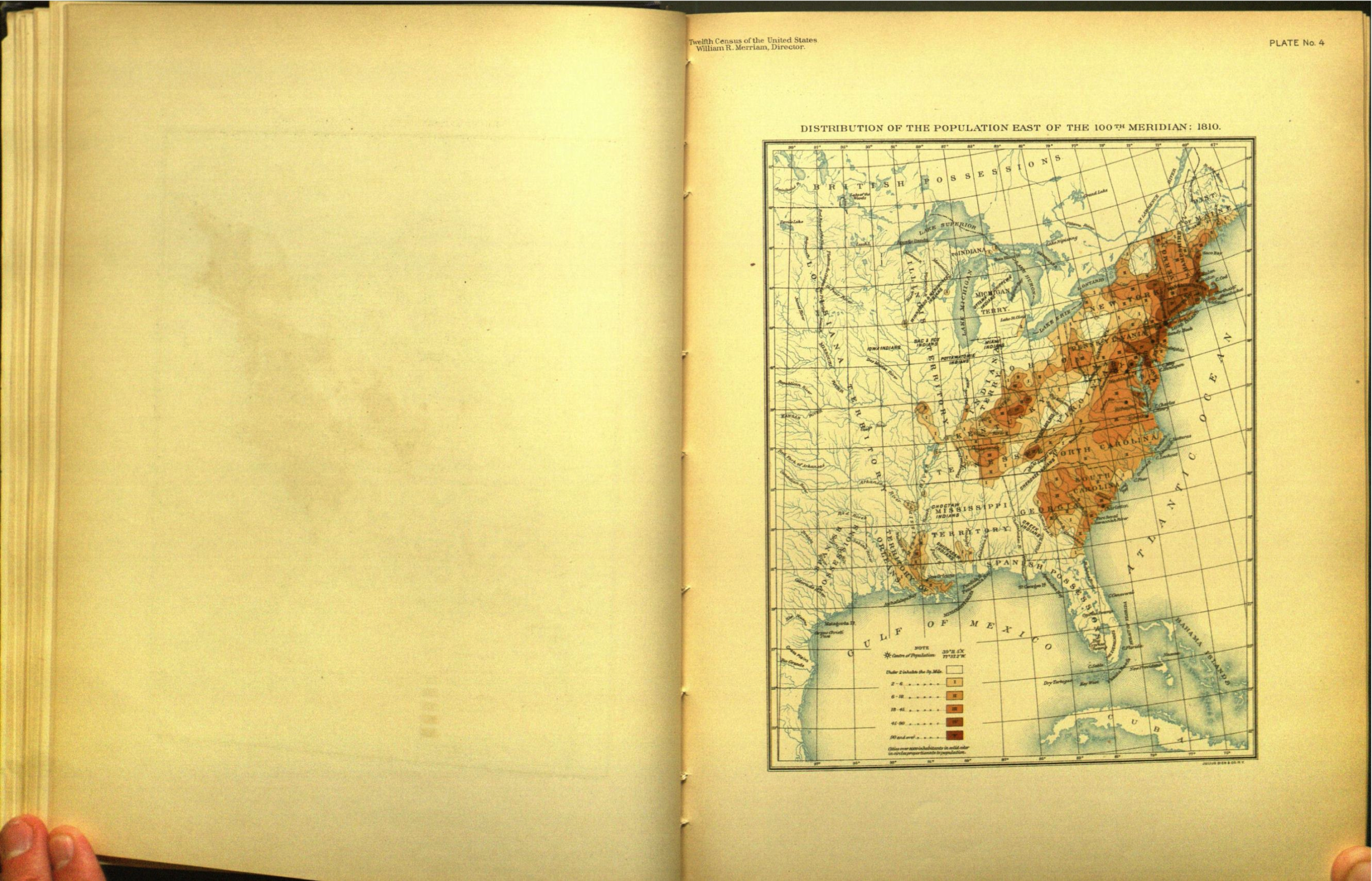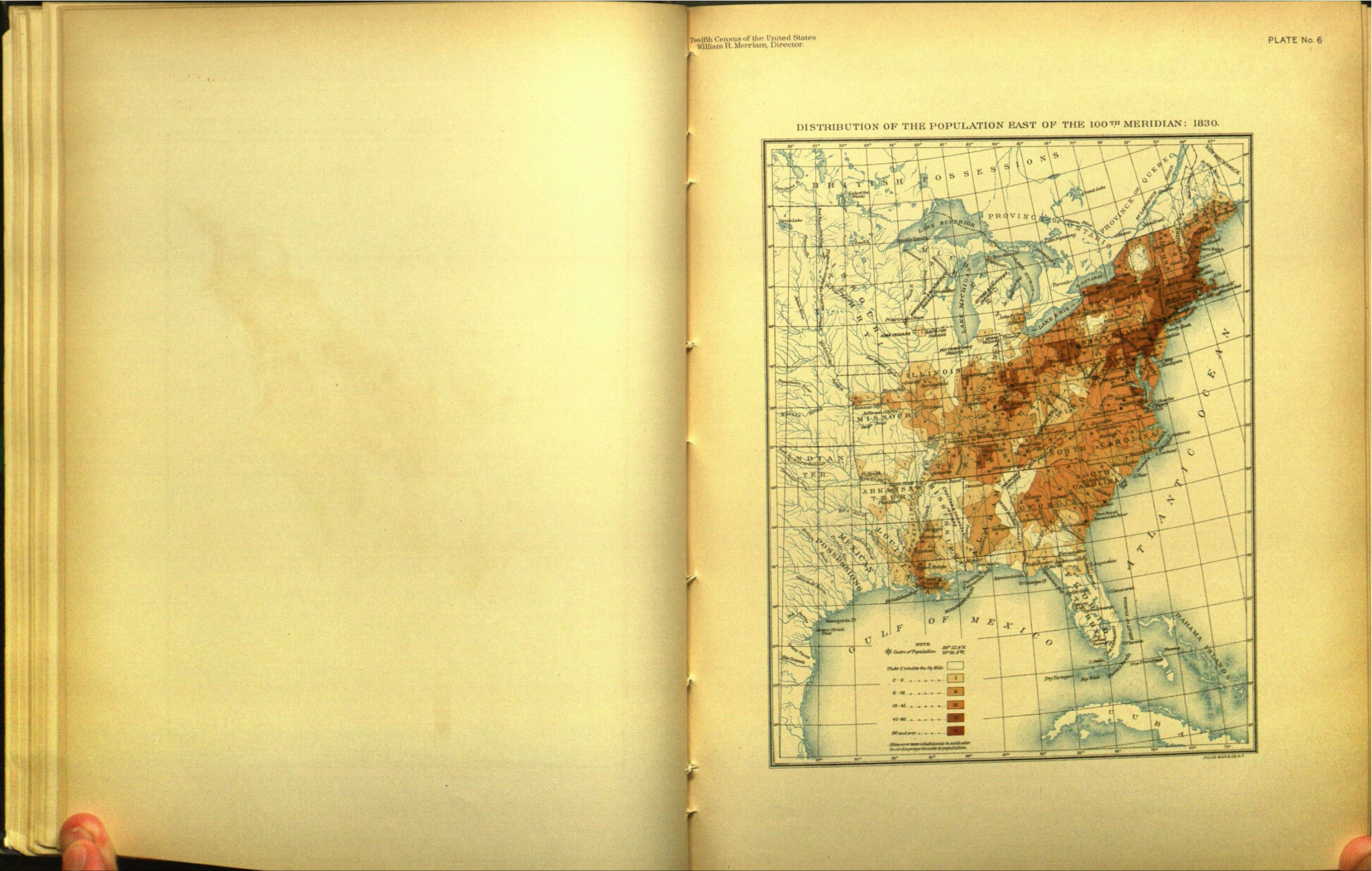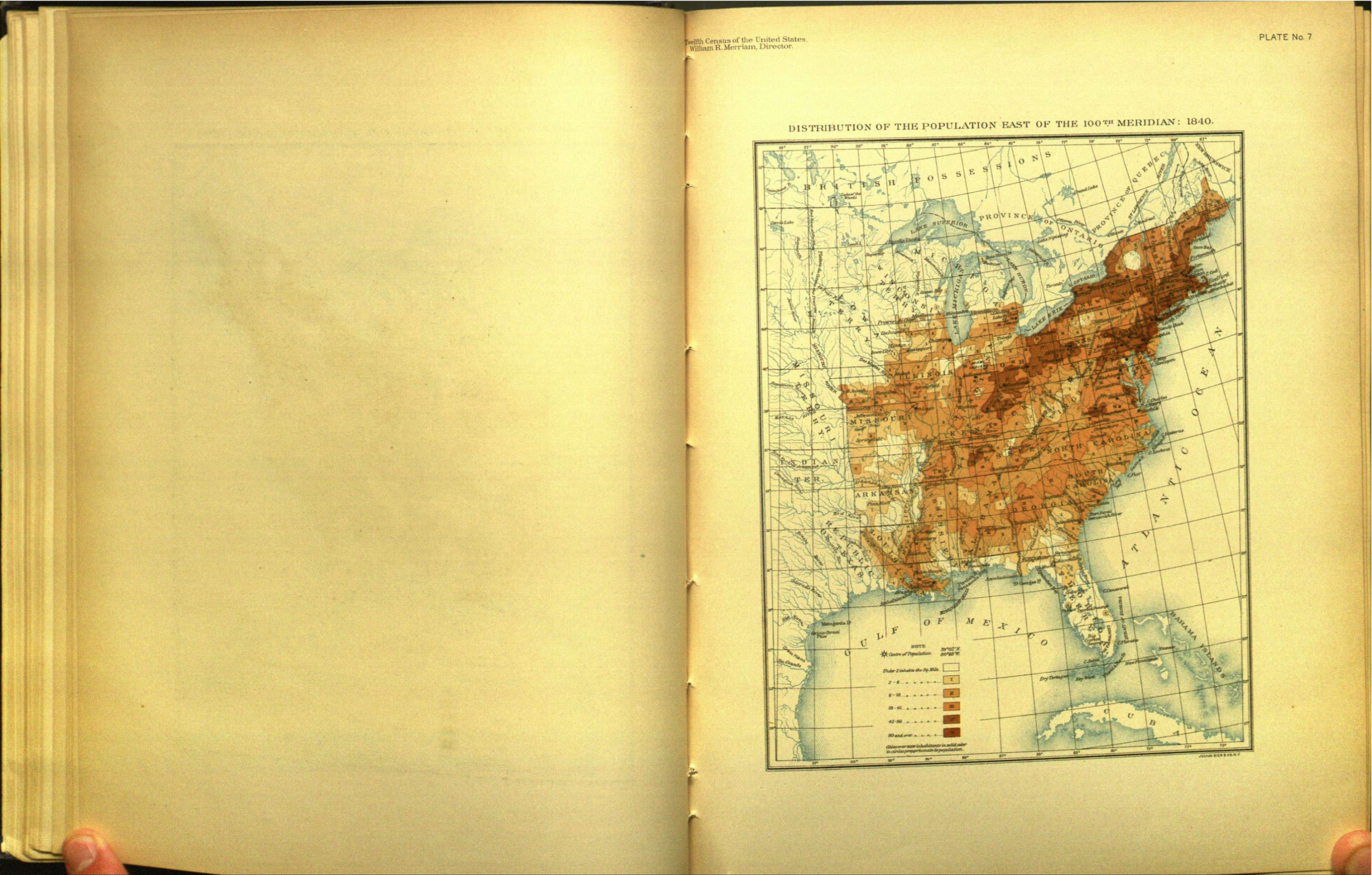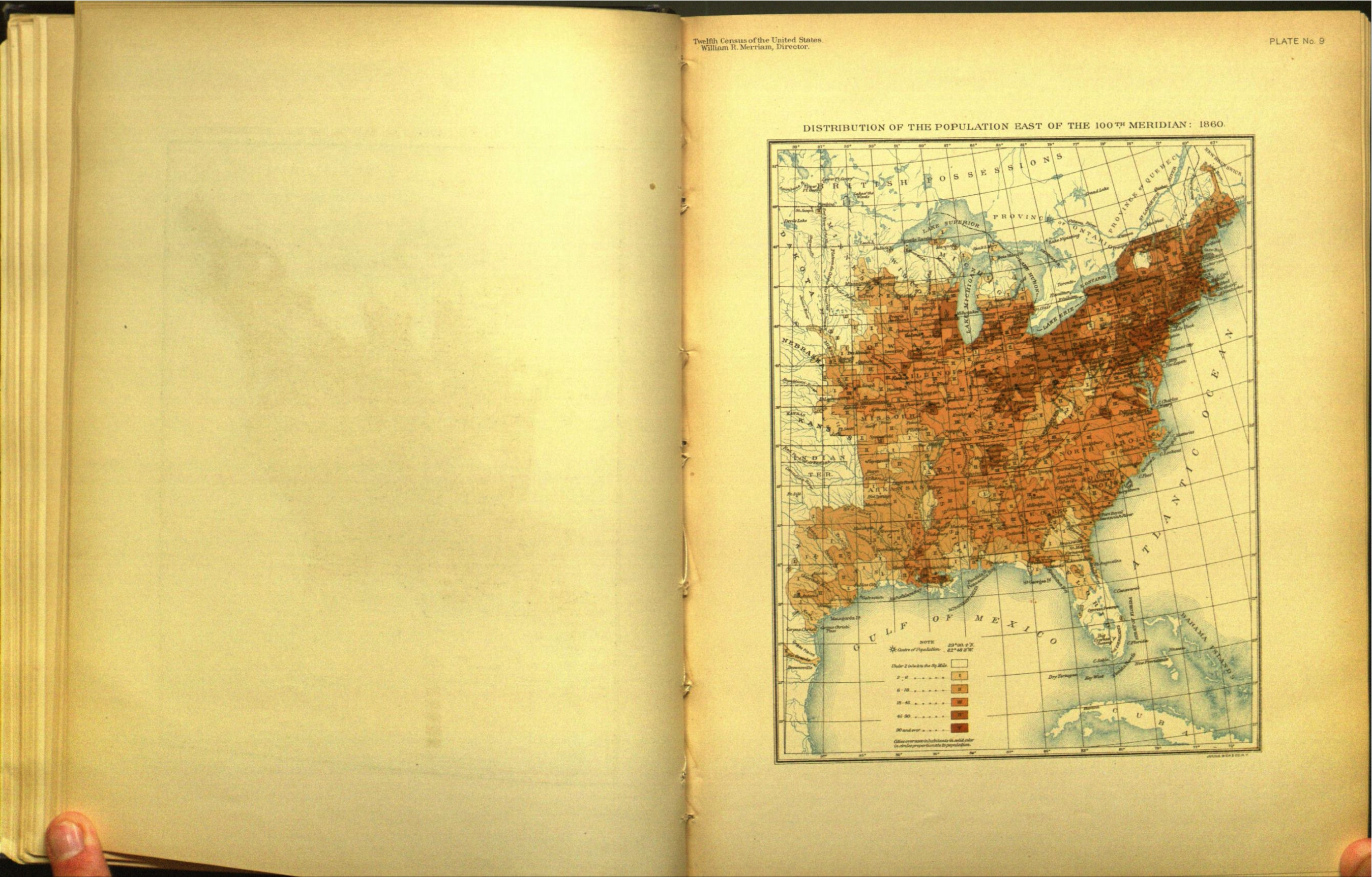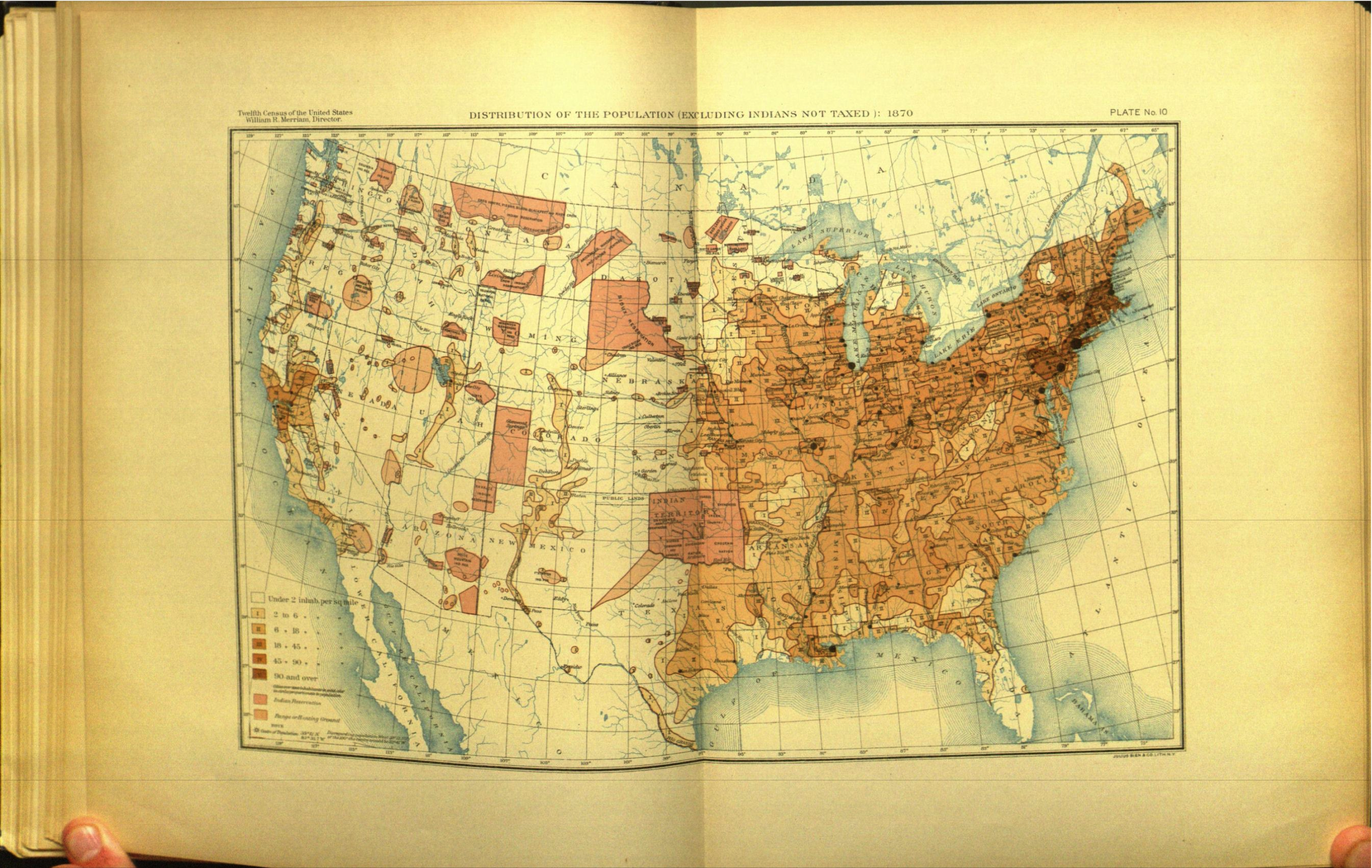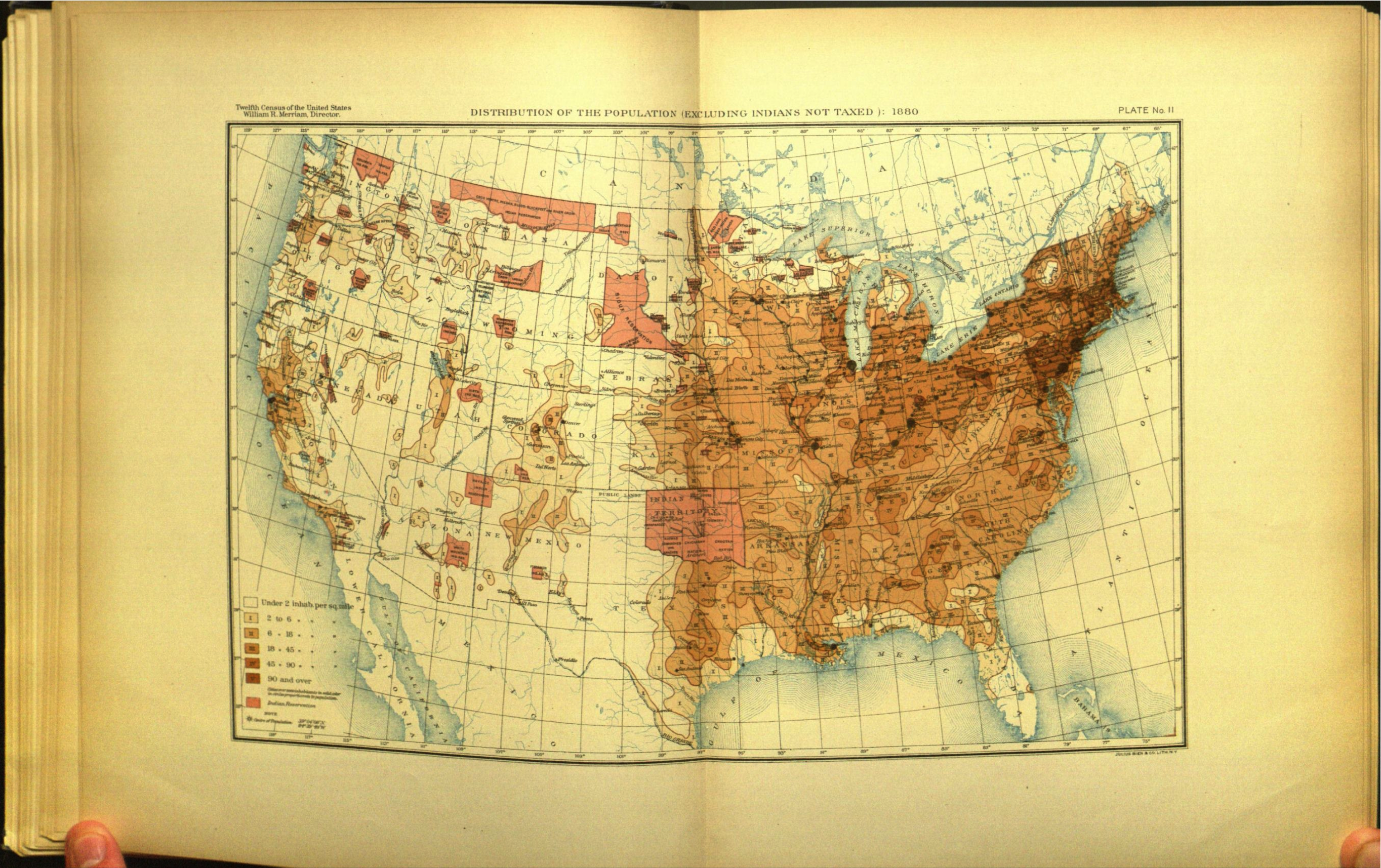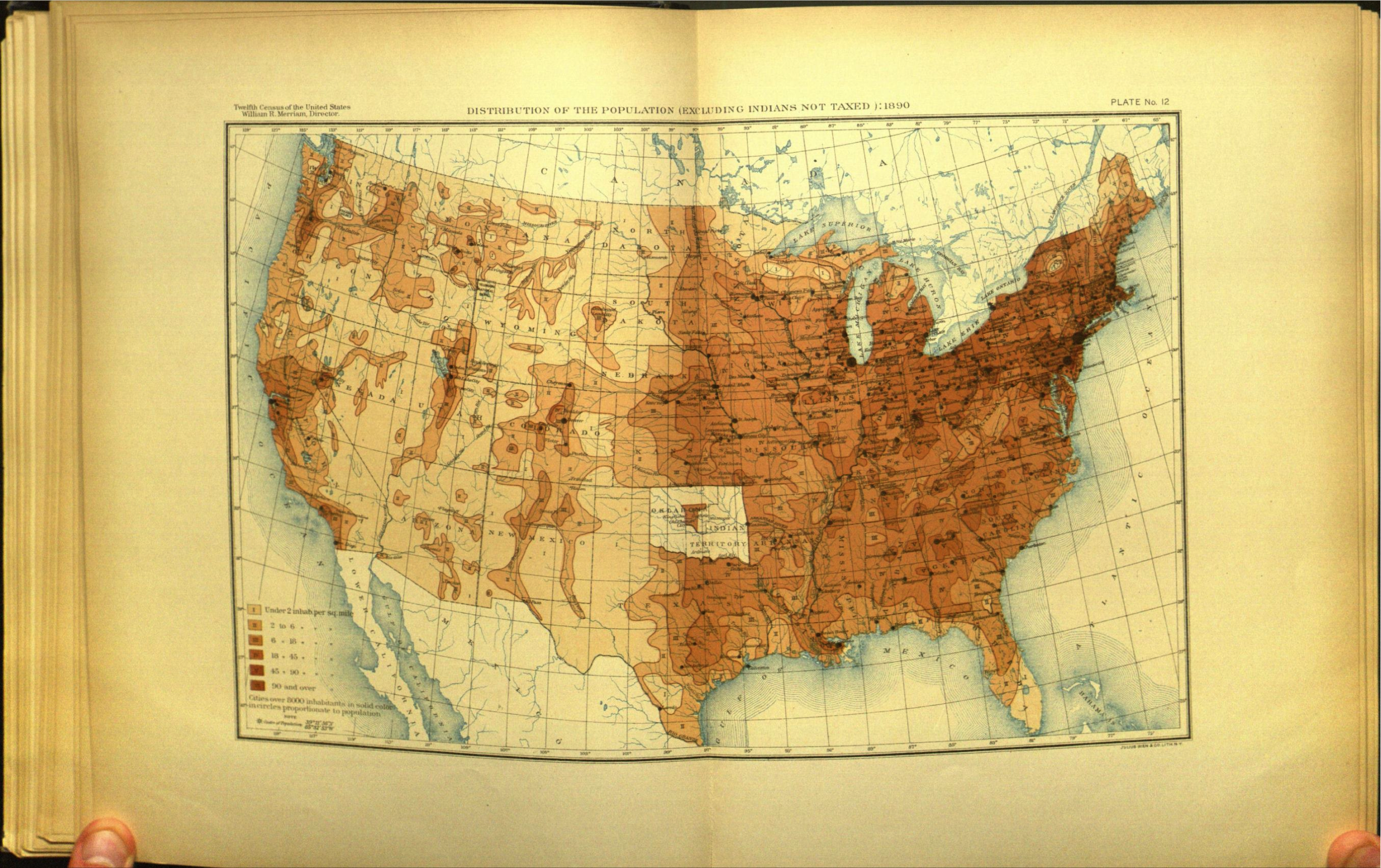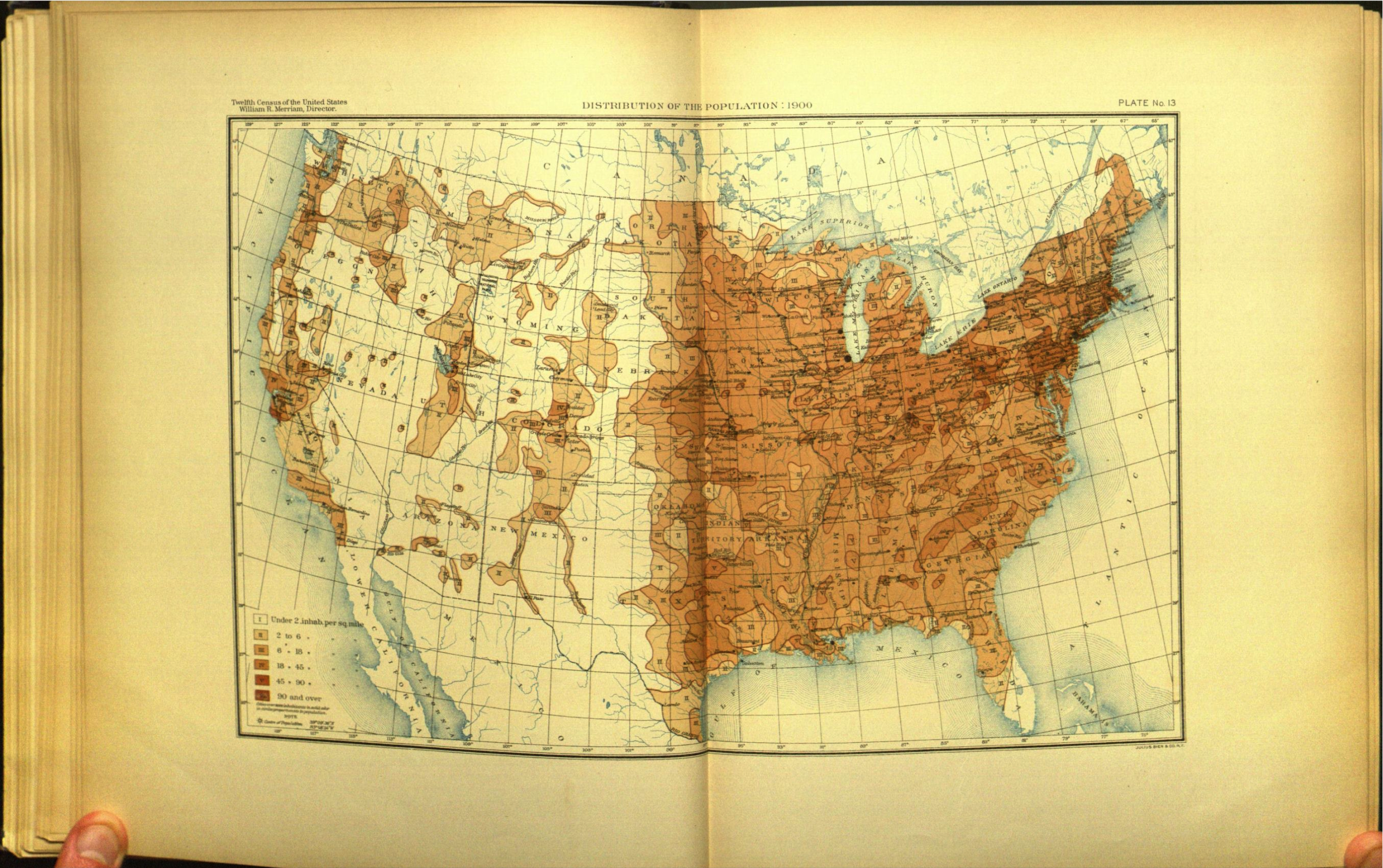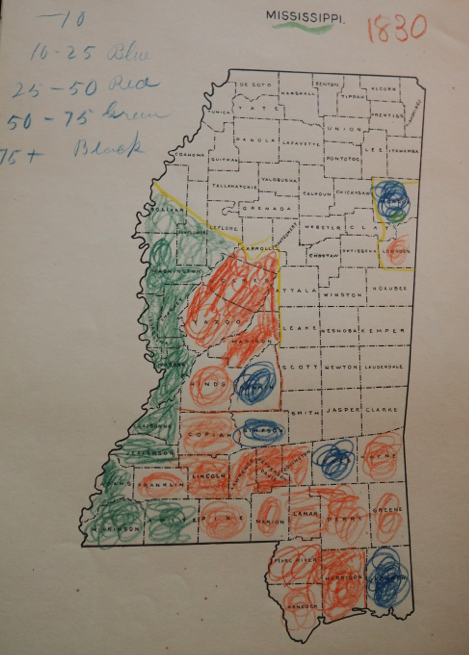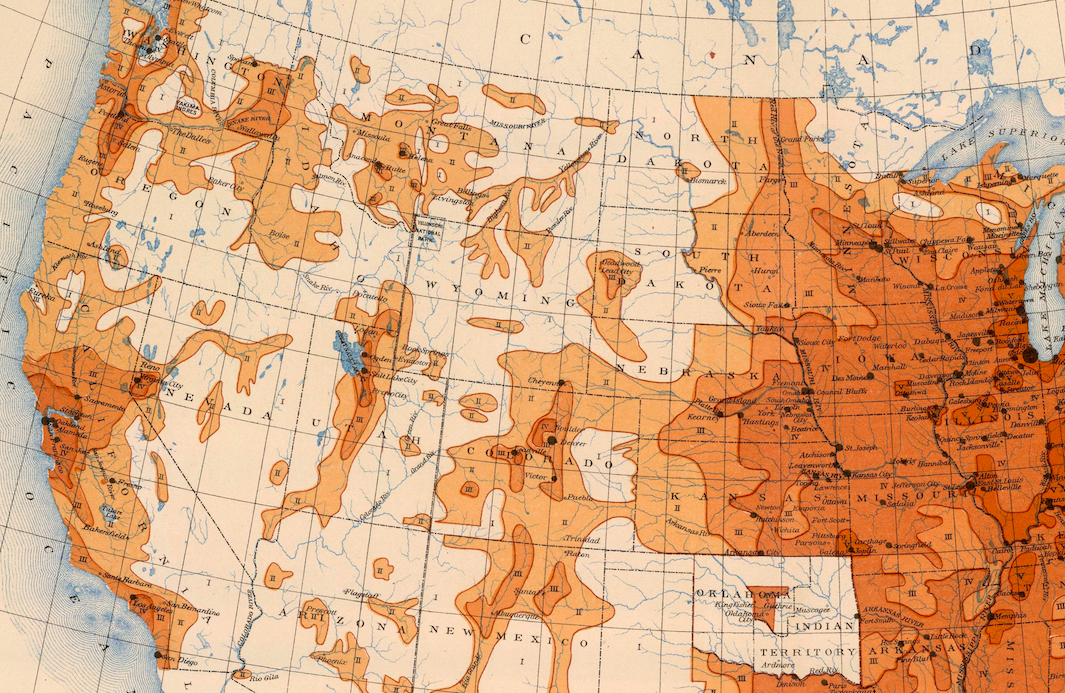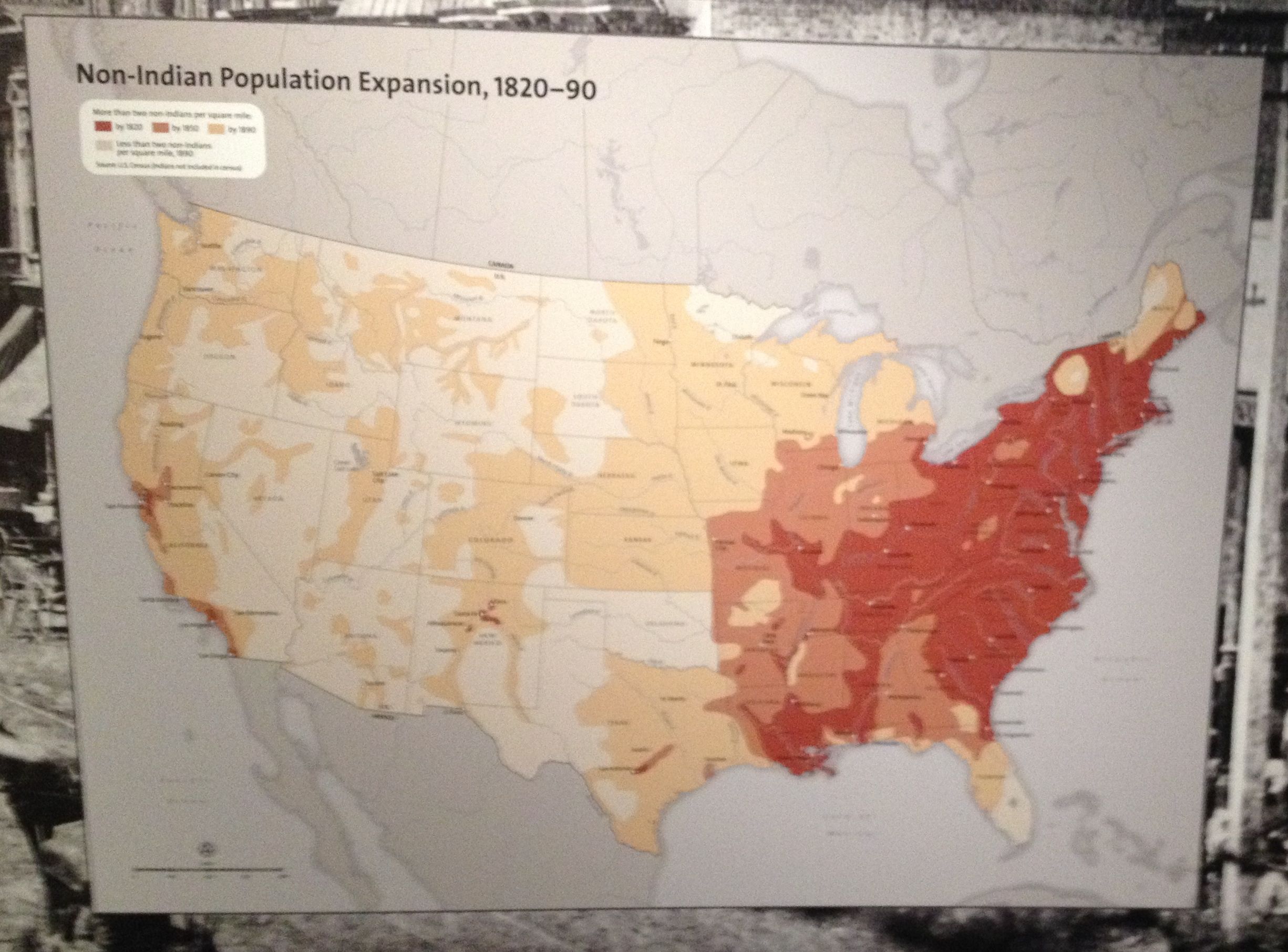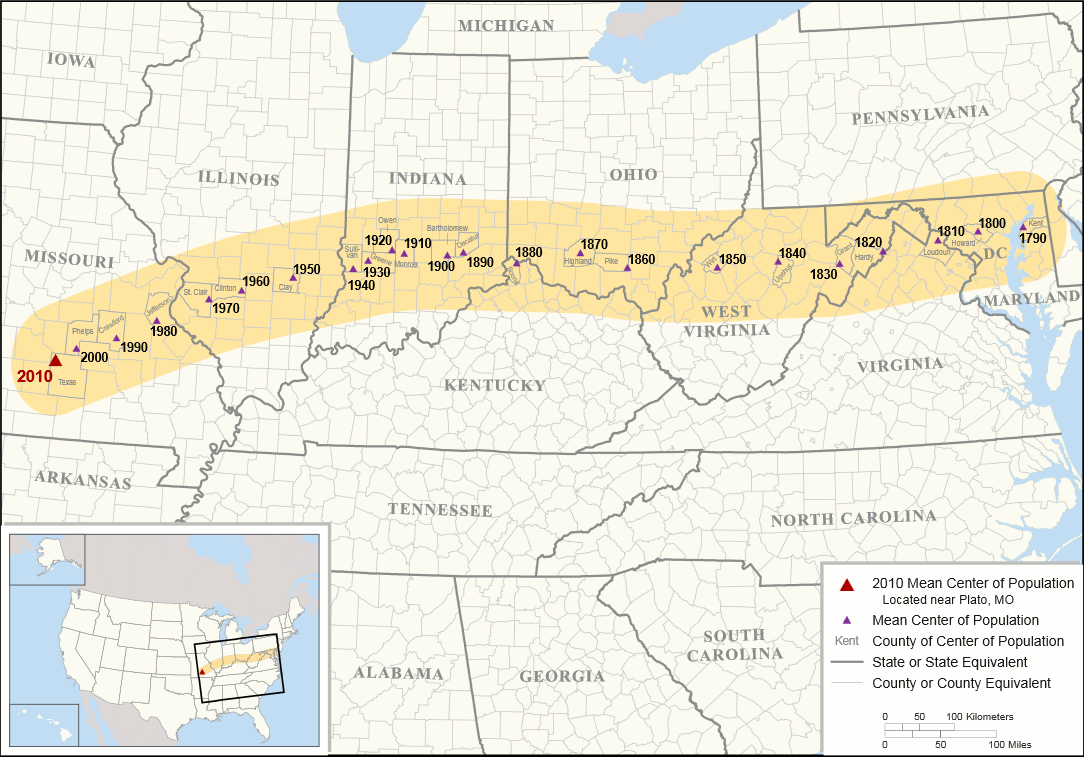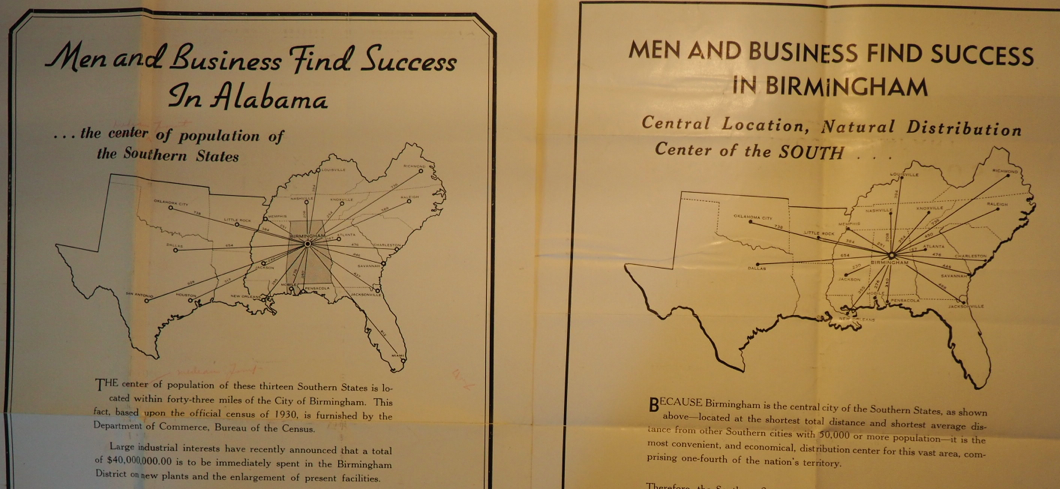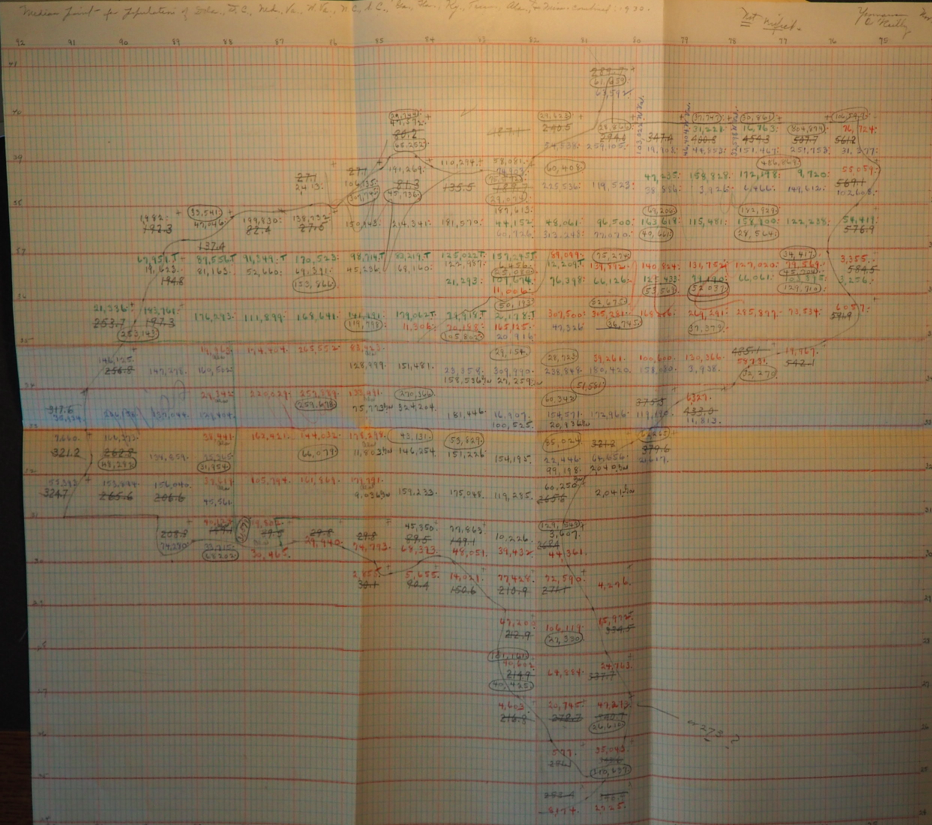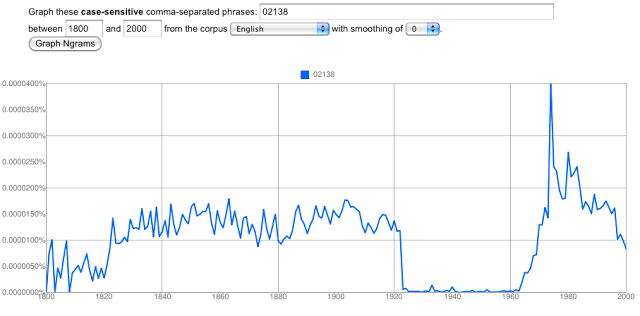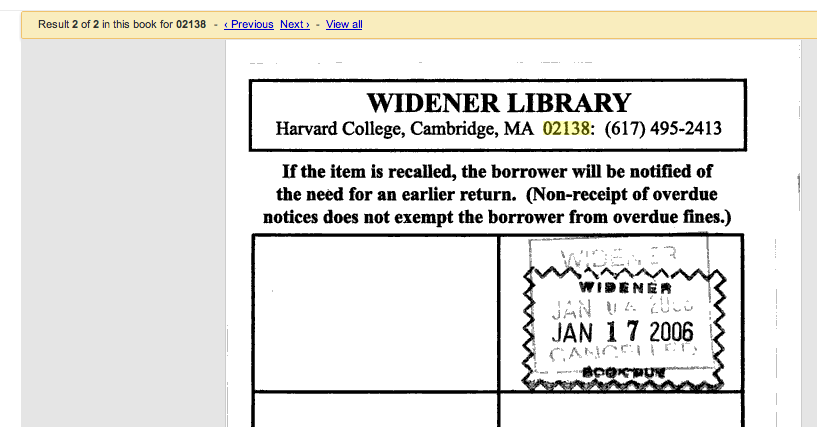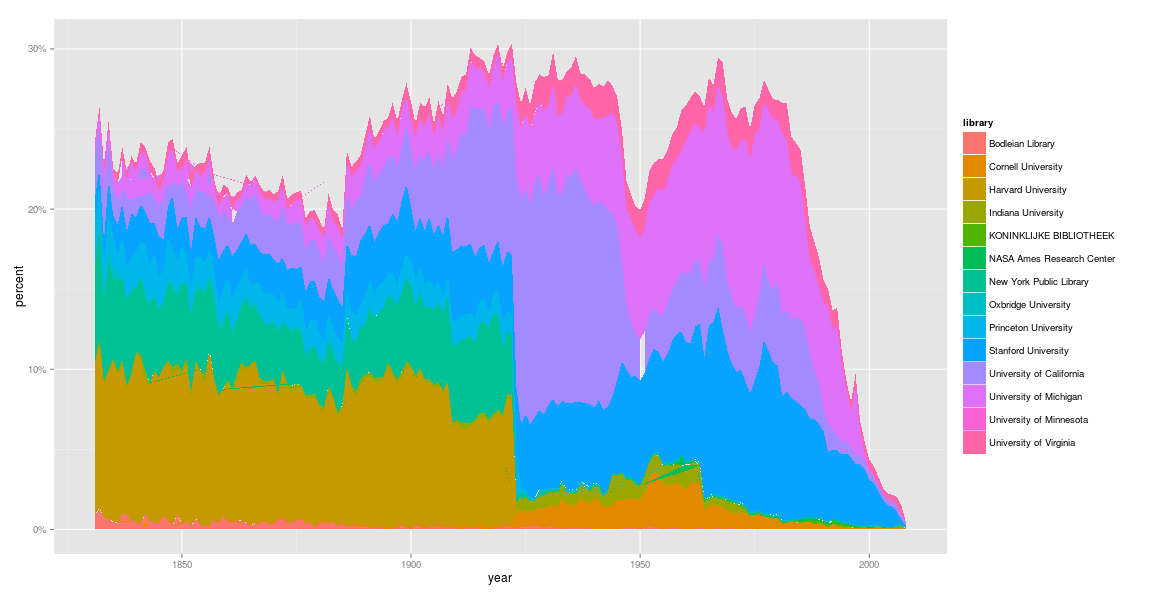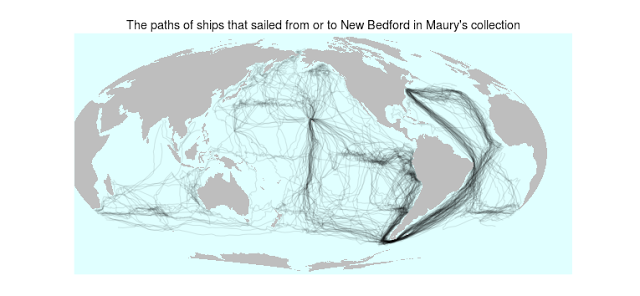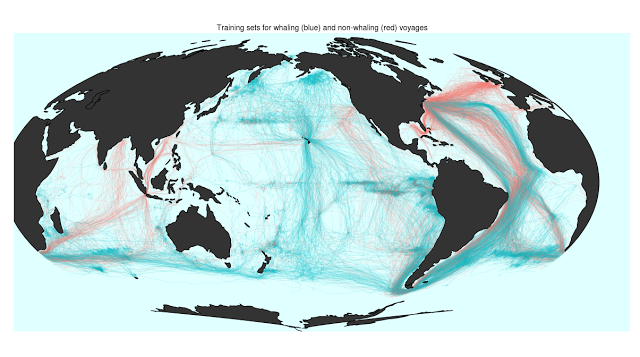Reconstructing the Map
Benjamin MacDonald Schmidt Assistant Professor of History, Northeastern University Core Faculty, NuLab for Texts, Maps, and Networks
May 2015
Overview
- Data is a historical artifact
- Statistics is the domain of the state and other bureaucracies
Logbooks
Climate metadata, 1789-c.1860

icoads.noaa.gov
1848 6 1 3723 29038 02 4 10ISABE*_N 1 5
165 20779701 69 5 0 1 FFFFFF77AAAAAAAAAAAA 99 0 790044118480601
3714N 6937W NW 51 NW 57 NW
51 201A.STEWART NEW BEDFORD WHALING V
OYAGE 2620 199Re-reading Logbooks
Logbook Digitization in the 1920s
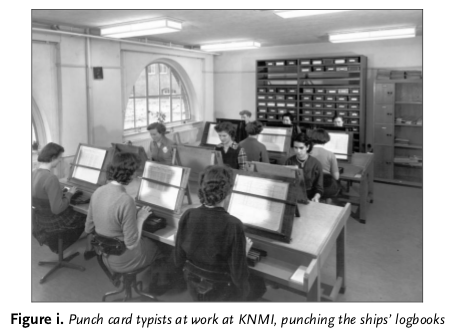
Wallbrink, H. and F.B. Koek, Data Acquisition And Keypunching Codes For Marine Meteorological Observations At The Royal Netherlands Meteorological Institute, 1854–1968
Digitized logbooks, c. 1930

Wallbrink and Koek
The Census and the Frontier
In a recent bulletin of the Superintendent of the Census for 1890 appear these significant words: "Up to and including 1880 the country had a frontier of settlement, but at present the unsettled area has been so broken into by isolated bodies of settlement that there can hardly be said to be a frontier line. In the discussion of its extent, its westward movement, etc., it can not, therefore, any longer have a place in the census reports." This brief official statement marks the closing of a great historic movement. Up to our own day American history has been in a large degree the history of the colonization of the Great West.

The maps of the census reports show an uneven advance of the farmer's frontier, with tongues of settlement pushed forward and with indentations of wilderness. In part this is due to Indian resistance, in part to the location of river valleys and passes, in part to the unequal force of the centers of frontier attraction.
Turner, Significance
Re-drawing the frontier
David Rumsey Historical Maps
1890:
- The Turner Census
- The Exclusion Census
- The Punchcard Census
- The Lost Census.
Constructing authority: The Center of Population
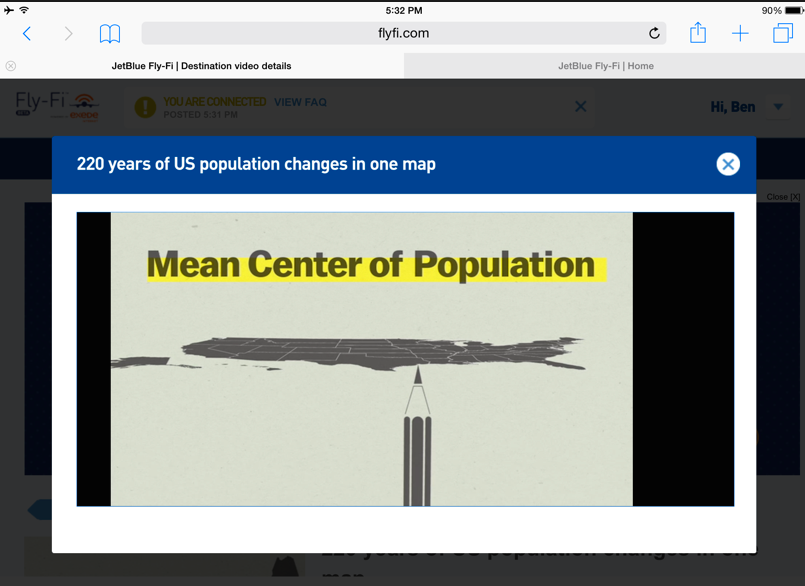 Vox Media/Jet Blue
Vox Media/Jet Blue
Calculating the center of population
points = counties.data().map(function(d) {
return [d3.geo.centroid(d),d.properties[value]]
})
var meanLat = d3.sum(points.map(function(a) {
return a[0][1]*a[1]}))/
d3.sum(points.map(function(a) {
return a[1]
}))
var meanLong = d3.sum(points.map(function(a) {
return a[0][0]*a[1]*
Math.cos(a[0][1]/180*Math.PI)}))/
d3.sum(points.map(function(a) {
return a[1]*Math.cos(a[0][1]/180*Math.PI)
}))
})Turner, "Western State Making in the Revolutionary Era:" AHR, Volume 1, Issue 1 
Texts
Classifying Whalers
Maury
- Filtering
- Abstraction
- Representation
Matthew Maury

Confederate Navy Engraving 1862, from http://www.history.navy.mil/library/online/maury_mat_bene.htm
Abstract Logbooks

